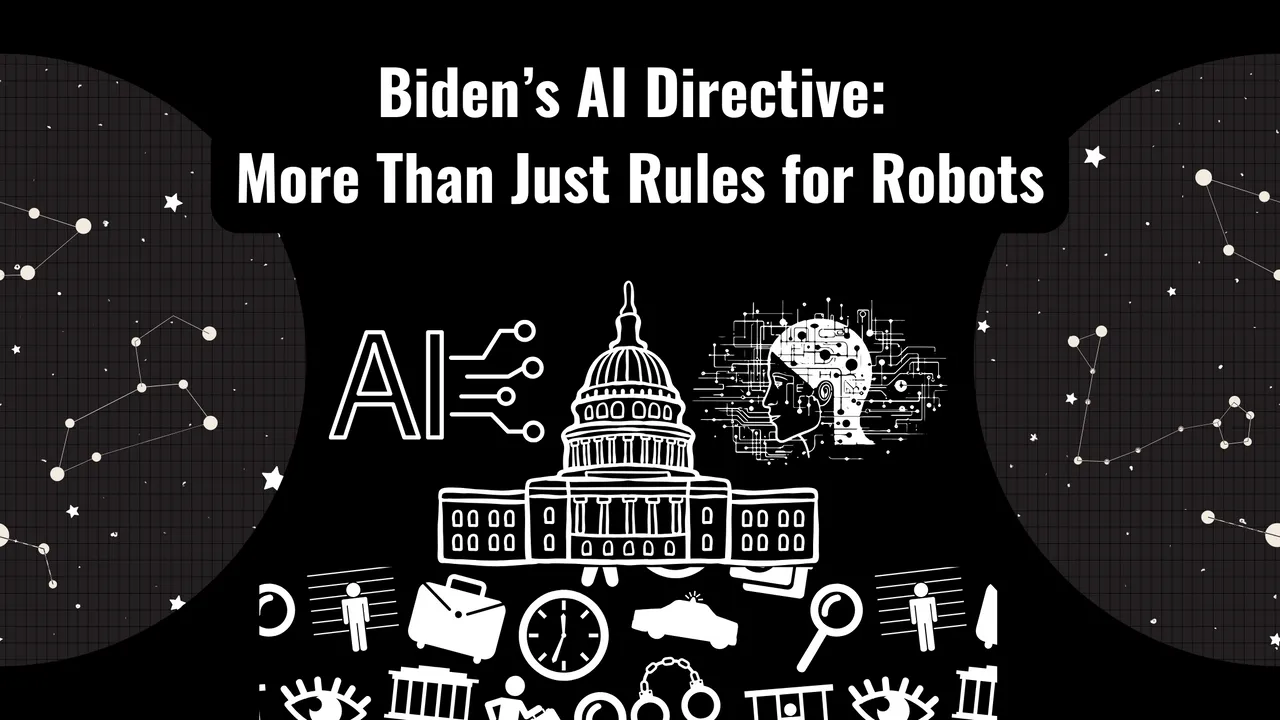
REFERENCE AT THE END OF THIS POST

The digital era's blistering pace has birthed advancements like AI at an unprecedented rate. As AI's role in our lives has grown, so too has the necessity for oversight, leading to President Biden's recent executive order.

Companies like Microsoft, with its Azure AI, and Meta, formerly Facebook, which uses AI for content moderation and AR/VR innovations, have significant stakes in the AI realm. Their commitments to AI are not just about advancing technology but about shaping its ethical use and societal impact.

AI's rapid expansion, from digital assistants to health diagnostics, coupled with potential risks and challenges, has spurred calls for oversight. The executive order is a response to these accelerated advancements and the pivotal need for responsibility.

While testing AI systems for transparency and accountability is crucial, the scope remains a topic of debate. Will cutting-edge, yet-to-be-released AI be the focus, or will existing systems fall under scrutiny too? The National Institute of Standards and Technology's protocols will be instrumental in answering this.

While the tug of war between self-regulation and government oversight continues, is there a middle ground? Collaborative frameworks, where industry experts work hand-in-hand with government bodies, could be a solution, offering both technological insight and ethical governance.

Beyond the order itself, how can its regulations be enforced robustly? Options include:

Considering the pros and cons, let's take content moderation as a case study. Enhanced AI in this area could reduce the spread of misinformation. However, without proper oversight, there's a risk of unjust censorship or bias. Thus, regulation could be a beacon ensuring fairness and accuracy.

One of the most touted AI use cases is autonomous vehicles. While they promise reduced traffic fatalities, the challenges are multifaceted. Balancing innovation with safety protocols, understanding liability in accidents, and ensuring public trust are all areas needing meticulous attention.

Biden's AI directive is undoubtedly a watershed moment. But, the narrative doesn't end here. Governments need to be agile, adapting to technological shifts. Companies should embrace transparent practices and ethical innovations. And the public? They hold the most significant role: to stay informed, ask questions, and ensure that the AI shaping our world does so for the betterment of all.
Biden Issues First Executive Order on AI. What It Means for Microsoft, Google, and Amazon.

Blog Banner created by me, using my Canva Pro account
INLEO Animated Divider is courtesy of @ doze